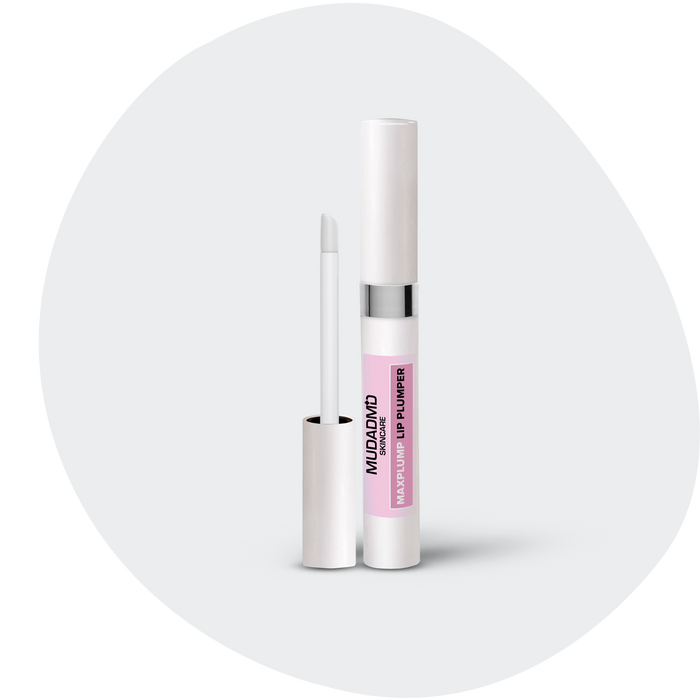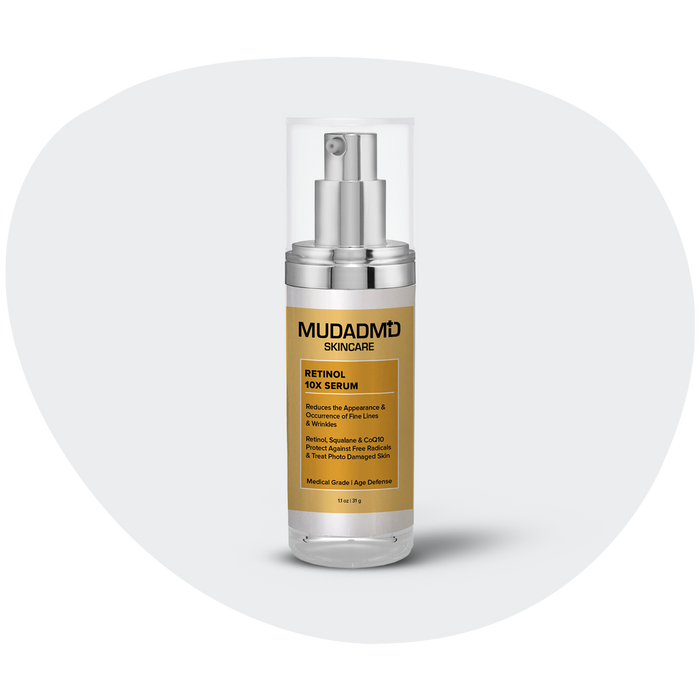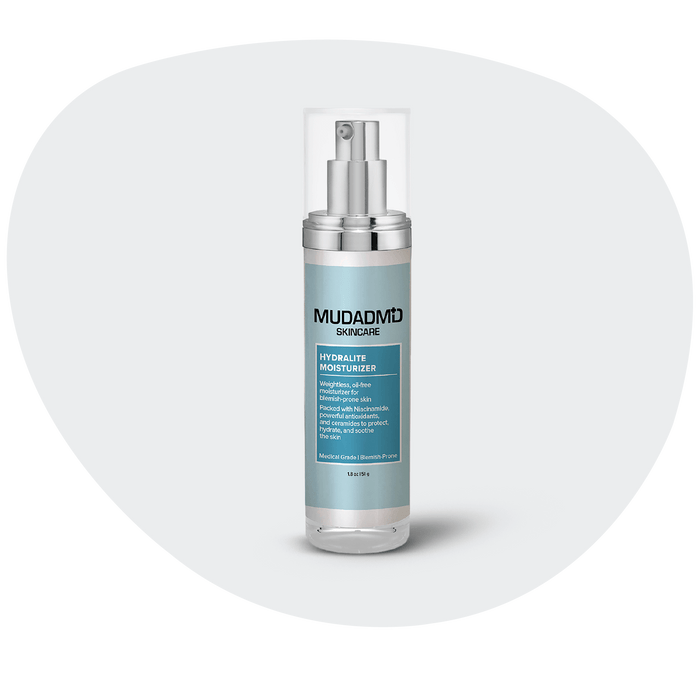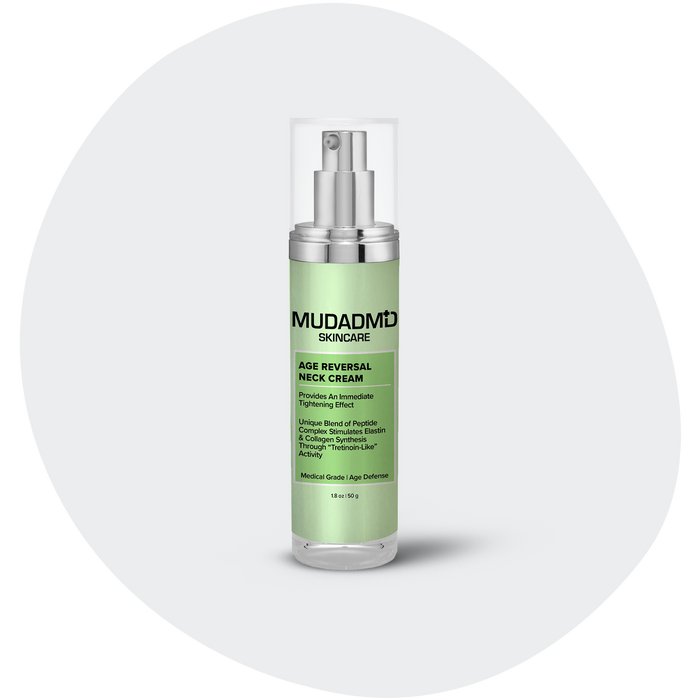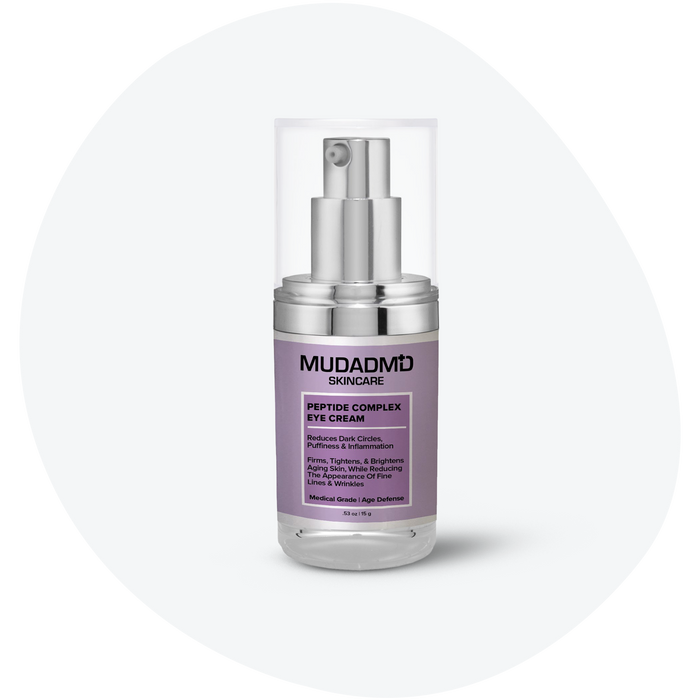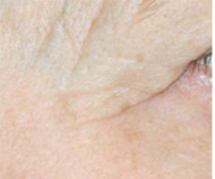

· Por Raja Mudad
Unveiling the Benefits of PRP Therapy for wrinkles and Aging Skin
PRP, commonly known as Platelet-Rich Plasma, has garnered significant attention in the realm of skin rejuvenation. With its potential to combat aging and reduce wrinkles, this article aims to explore the effectiveness of PRP in skin rejuvenation and shed light on the underlying benefits of this innovative treatment.
Understanding PRP for Skin Rejuvenation
Platelet-Rich Plasma (PRP) therapy involves utilizing the patient's own blood to extract platelets rich in growth factors and proteins. These platelets are then reinjected back into the skin, stimulating collagen production and promoting tissue regeneration. Through this process, the growth factors present in PRP help improve skin texture, tone, and overall elasticity.
This minimally invasive procedure harnesses the body's natural healing abilities, initiating skin rejuvenation from within. With its non-surgical nature, PRP therapy has shown promising results in numerous clinical trials and studies.
The Role of PRP in Aging Skin
As we age, our skin undergoes several changes, including reduced collagen production, decreased blood circulation, and a slower cell turnover rate. These factors contribute to the appearance of wrinkles, fine lines, and a loss of skin firmness.
PRP therapy aims to reverse these signs of aging by stimulating collagen production and increasing blood supply to the treated area. The growth factors present in PRP promote the formation of new blood vessels and encourage the production of collagen and elastin, two essential proteins for maintaining youthful skin.
A randomized trial published in JAMA Dermatology, demonstrated no statistically significant difference in the skin after PRP injection, when measured by scientific methods, although participants rated their skin as more rejuvenated and with improved wrinkles.
Benefits of PRP for Skin Rejuvenation
PRP therapy offers several benefits for skin rejuvenation:
- Natural Approach: PRP utilizes the body's own resources to rejuvenate the skin, minimizing the risk of adverse reactions and allergies.
- No Downtime: PRP therapy is a non-surgical procedure that requires minimal downtime. Most individuals can resume their regular activities immediately after treatment.
- Long-Lasting Results: By stimulating collagen production, PRP treatment can yield long-lasting improvements in skin texture, elasticity, and overall appearance.
- Safe and Well-Tolerated: PRP therapy is generally considered safe and well-tolerated since it utilizes the patient's own blood, reducing the risk of complications.
Conclusion
With its promising results in combating aging skin and reducing wrinkles, PRP therapy has emerged as an exciting option for individuals seeking skin rejuvenation. Randomized trials, including those published in prestigious journals like JAMA Dermatology, provide someevidence supporting the effectiveness of PRP in improving skin texture, tone, and elasticity, as reported by participants.
However, it is crucial to consult with a qualified healthcare professional or dermatologist before pursuing PRP therapy. They can determine if PRP therapy is suitable for individual needs and thoroughly discuss potential risks or contraindications to ensure the best possible outcomes.
By embracing the power of PRP, individuals can embark on a journey towards revitalized and rejuvenated skin, embracing a more confident and vibrant version of themselves.
